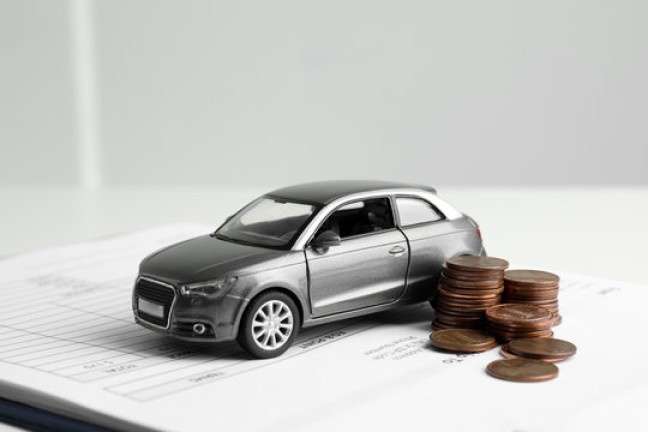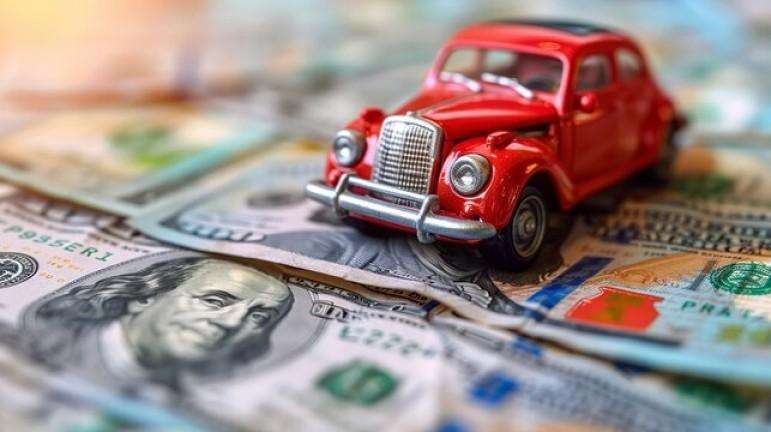When it comes to financing a car, most people are accustomed to the idea of applying for a loan through banks or dealerships. However, not everyone has the luxury of being able to secure such financing, particularly if they have a poor credit history. For people with bad credit, obtaining car finance can feel like an uphill battle. One term that often comes up in these situations is “blacklist car finance.” But what does it mean? And how can you navigate this challenging financial landscape?
In this article, I’ll break down what blacklist car finance is, how it works, and what options you have if you find yourself in this situation. We’ll also compare different types of car finance available to individuals with poor credit and offer practical tips for improving your chances of getting approved.
Table of Contents
What Is Blacklist Car Finance?
Blacklist car finance refers to car loans or financing options specifically aimed at individuals who have been blacklisted or have poor credit history. Being “blacklisted” typically means that a person has a record of unpaid debts, missed payments, or other financial issues, which can negatively impact their credit rating.
If you find yourself on a blacklist, securing a loan through traditional financial institutions may be next to impossible. That’s where blacklist car finance comes in. This form of financing is provided by lenders who are willing to take a risk on individuals with less-than-ideal credit, allowing them to purchase a vehicle.
How Does Blacklist Car Finance Work?
At its core, blacklist car finance works similarly to other car loans, but with more relaxed eligibility criteria. Lenders who offer blacklist car finance understand that their applicants may not have the best credit, so they may require a larger deposit or charge higher interest rates to offset the risk.
In most cases, the vehicle you’re purchasing will act as collateral for the loan. This means that if you default on your payments, the lender has the right to repossess the car. This adds a layer of security for the lender, making them more willing to approve the loan despite your poor credit history.
Key Features of Blacklist Car Finance
- Higher Interest Rates – Because the risk of lending to someone with bad credit is higher, lenders often charge higher interest rates. This means that the total amount you’ll repay over the course of the loan will be more than if you had good credit.
- Larger Deposit – A larger deposit may be required when applying for blacklist car finance. The deposit helps to reduce the lender’s risk and can also reduce your monthly repayments.
- Secured Loan – As mentioned earlier, most blacklist car finance options are secured loans, meaning the car itself is used as collateral. If you fail to make your payments, the lender can take back the car.
- Shorter Loan Terms – Lenders may offer shorter loan terms to reduce their risk exposure. While this may mean higher monthly payments, it can help you pay off the loan faster.
- Limited Loan Amounts – The amount you can borrow may be limited based on the vehicle’s value and your ability to repay. Lenders want to ensure that they are lending an amount you can realistically afford.
Types of Car Finance Available for Blacklisted Individuals
If you’re looking for a way to finance a car with poor credit, there are a few types of car finance you can consider:
1. Hire Purchase (HP)
With hire purchase, you’ll agree to pay a deposit upfront, and the remaining amount is spread over monthly repayments. Once the final payment is made, the car is yours. This is a popular option for people with bad credit because the car acts as security, which makes lenders more willing to approve the loan.
Example:
- Car price: £10,000
- Deposit: £2,000
- Loan amount: £8,000
- Interest rate: 12%
- Loan term: 5 years (60 months)
Let’s calculate the monthly repayment for this loan.
| Loan Amount | Interest Rate | Loan Term | Monthly Repayment |
|---|---|---|---|
| £8,000 | 12% | 60 months | £181.20 |
2. Personal Contract Purchase (PCP)
Personal Contract Purchase works similarly to hire purchase, but with one key difference: at the end of the loan term, you can choose to return the car, make a final balloon payment, or trade the car in for a new one. This option is often suitable for people with poor credit because it typically results in lower monthly payments.
Example:
- Car price: £15,000
- Deposit: £3,000
- Loan amount: £12,000
- Interest rate: 10%
- Loan term: 4 years (48 months)
- Balloon payment: £6,000
Let’s calculate the monthly repayment for this loan.
| Loan Amount | Interest Rate | Loan Term | Monthly Repayment | Balloon Payment |
|---|---|---|---|---|
| £12,000 | 10% | 48 months | £235.29 | £6,000 |
3. Logbook Loans
In a logbook loan, the car’s logbook (the V5 document) is handed over to the lender as collateral for the loan. If you fail to repay the loan, the lender can repossess the car. This option is sometimes available to those with poor credit, but interest rates can be very high.
Example:
- Car value: £6,000
- Loan amount: £4,000
- Interest rate: 20%
- Loan term: 1 year (12 months)
Let’s calculate the monthly repayment for this loan.
| Loan Amount | Interest Rate | Loan Term | Monthly Repayment |
|---|---|---|---|
| £4,000 | 20% | 12 months | £366.67 |
4. Bad Credit Car Loans
Some lenders specialize in providing car loans to individuals with poor credit. These loans typically have higher interest rates and may require a larger deposit, but they can still be a viable option for someone on the blacklist. In many cases, these loans may not require collateral, but the terms are often less favorable compared to other options.
Example:
- Car price: £8,000
- Deposit: £1,000
- Loan amount: £7,000
- Interest rate: 15%
- Loan term: 4 years (48 months)
Let’s calculate the monthly repayment for this loan.
| Loan Amount | Interest Rate | Loan Term | Monthly Repayment |
|---|---|---|---|
| £7,000 | 15% | 48 months | £191.83 |
Pros and Cons of Blacklist Car Finance
Like any financial product, blacklist car finance has its benefits and drawbacks. Below is a breakdown of some key pros and cons to help you make an informed decision:
| Pros | Cons |
|---|---|
| Provides an opportunity for people with bad credit to buy a car. | Higher interest rates due to increased risk for lenders. |
| Flexible loan options and terms. | Larger deposits may be required. |
| The car acts as collateral, making lenders more likely to approve the loan. | The loan term may be shorter, leading to higher monthly payments. |
| Ability to rebuild your credit over time by making timely payments. | If you default on payments, the car could be repossessed. |
How to Improve Your Chances of Getting Approved
While it may seem like a daunting process, there are steps you can take to improve your chances of getting approved for blacklist car finance:
- Improve Your Credit Score – Even small improvements to your credit score can make a big difference when applying for car finance. Pay down existing debts and avoid taking on new credit before applying.
- Save for a Larger Deposit – The more money you can put down upfront, the less risky the loan is for the lender. This can increase your chances of getting approved.
- Be Transparent About Your Financial Situation – If you’ve had financial difficulties in the past, be open with lenders about your situation. Many will be more understanding if you show that you’re taking steps to improve your financial health.
- Consider a Guarantor – Some lenders may allow you to apply with a guarantor, who will agree to make the payments if you are unable to. This can increase your chances of approval.
- Shop Around – Not all lenders have the same criteria, so it’s important to compare different options. Some may be more flexible when it comes to poor credit, while others may have stricter requirements.
Final Thoughts
Navigating the world of blacklist car finance can be tricky, but it’s not impossible. By understanding how these loans work and exploring your options, you can find a solution that helps you get back on the road, even with bad credit. Remember to take your time, shop around for the best deal, and focus on improving your financial health for future applications.





